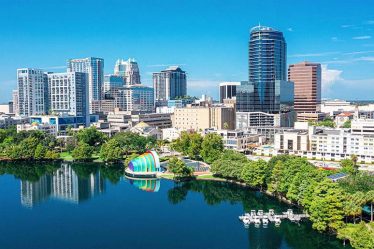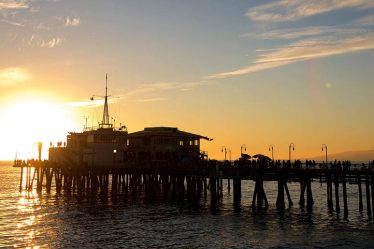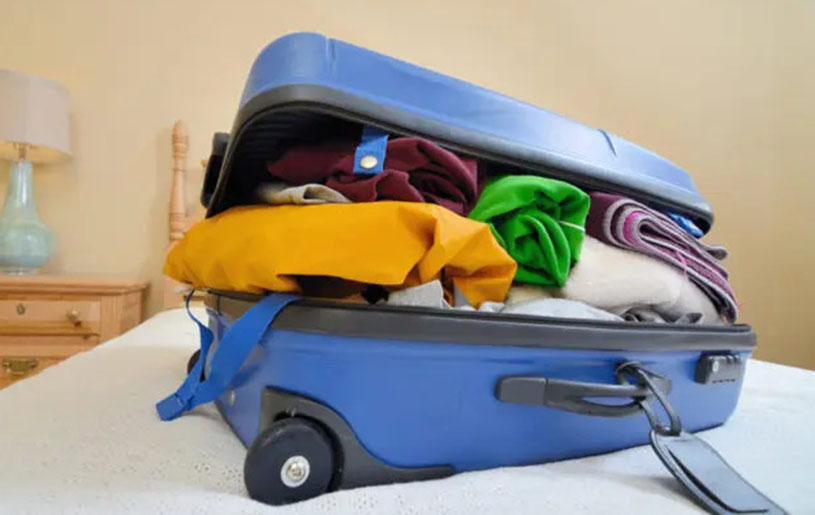
San Francisco, as one of the most attractive cities in California, attracts tourists from all over the world with its unique geographical location, cultural background and changeable climate. Because it is located between the ocean and the mountains, San Francisco’s climate is very changeable. The temperature may be warm during the day, however, due to the influence of sea breeze and haze, the temperature often drops suddenly, especially in summer.
Sometimes, the weather in San Francisco can become very humid, especially in autumn and winter, when rain is often accompanied by cloudy weather. At the same time, San Francisco’s sea breeze and thick fog often appear in the early morning and evening, making the city’s climate more complicated than other areas. In order to cope with these changing weather conditions, tourists must prepare the right equipment in advance when traveling to ensure that they can comfortably cope with any weather conditions.
1. Overview of San Francisco’s weather
1.1 Climate characteristics of San Francisco
San Francisco enjoys a typical Mediterranean climate, which means mild summers and humid winters. Due to its unique geographical location and the surrounding marine environment, the weather in San Francisco can sometimes be unpredictable. Sea breezes often affect the temperature, making the city’s weather different in different areas. For example, inland areas of the city are usually warmer than those at the coast, while the climate near the coastline is cooler and more humid due to the sea breeze and fog. Many visitors may notice that the temperature varies from place to place in the city even on the same day.
1.2 Seasonal Differences
Summer: Summers in San Francisco are usually cooler, with daytime temperatures usually ranging from 60°F to 70°F (about 15°C to 21°C). However, due to the influence of sea breezes, the city’s climate is often chilly, especially in the morning and evening. During these periods, the temperature may drop suddenly, causing some discomfort to visitors.
Winter: Winter is a low temperature, usually between 50°F and 60°F (about 10°C to 15°C). Although there is no extremely cold weather, it is often accompanied by rain and high humidity. San Francisco in winter gives people a damp and cold feeling, so it is suitable to wear warm clothes to cope with rain and cold wind.
Spring and Fall: Spring and Fall are the best times to visit San Francisco. The temperature is moderate and usually dry. Daytime temperatures are usually moderate, especially in the fall, when the weather is mild and comfortable, making it an ideal time for tourists to experience the city’s major attractions.
2. Key elements of packing for San Francisco travel
2.1 Comfortable shoes
San Francisco’s streets are winding due to the hills, and many tourist attractions require walking, especially when exploring attractions such as Fisherman’s Wharf and the Golden Gate Bridge in the city. Therefore, comfortable shoes are essential. It is recommended to choose a pair of flat shoes or sneakers suitable for long walks, preferably waterproof ones, which can cope with wet weather and ensure comfort for long walks.
2.2 Layering
Since San Francisco’s weather is unpredictable, the most effective strategy is to adopt layering. You can add or remove clothes in time according to the weather conditions of the day. Base layers (such as T-shirts and shirts) should choose breathable fabrics, while the outer jacket or windbreaker should preferably be waterproof or windproof. In this way, you can easily cope with low temperatures in the morning and evening, daytime sunshine, and sudden sea breezes.
2.3 Windproof Jacket
San Francisco’s sea breezes are very strong in both summer and winter, especially in coastal areas. To avoid being hit by cold winds, it is recommended to carry a light windproof jacket or windbreaker. These jackets are lightweight and can effectively insulate against the cold, making them convenient to wear at any time when the weather turns cooler.
2.4 Sun Protection Gear
San Francisco’s ultraviolet rays are still present even on cloudy days, especially when you are outdoors. Be sure to prepare sunscreen, sunscreen lip balm, and sunglasses. In addition, a wide-brimmed hat can effectively protect you from direct ultraviolet rays.
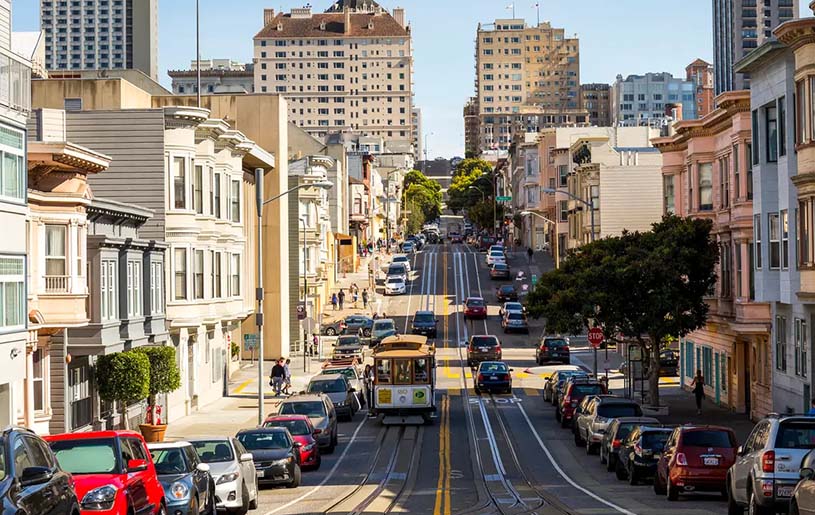
2.5 Rain Gear
Although it does not rain frequently in San Francisco, the amount of precipitation will increase in winter, especially from January to March. Therefore, it is recommended to carry a folding umbrella or a light raincoat with you in case of emergency.
2.6 Waterproof Backpack
Since the weather is unpredictable, a waterproof backpack can effectively protect your belongings from moisture, especially when you are outdoors, and can effectively deal with sudden rain. Waterproof backpacks not only protect electronic devices, but also ensure that your travel materials and clothes are dry.
2.7 Multi-purpose socket converter
For international tourists, it is necessary to bring a multi-purpose socket converter. The United States uses 120V voltage, and the socket standards are Type A and Type B. Make sure your electronic devices are compatible with local sockets.
3. Special weather response plans
3.1 Dealing with smog weather
San Francisco is often shrouded in thick fog, especially in the mornings in summer. The fog lowers the temperature and visibility. Visitors can prepare a windproof and waterproof jacket to keep warm and comfortable. After the fog dissipates, the weather usually turns sunny and the temperature gradually rises.
3.2 Dealing with cool summers
Although summer is the peak season for tourists to flock to San Francisco, the temperature in summer is usually lower than inland cities due to the influence of sea breezes. Therefore, even in the middle of summer, you should bring some clothes suitable for layering to avoid discomfort due to the cold sea breeze.
3.3 Dealing with occasional rain
Although rain is not frequent in San Francisco, it is more common in winter. Before traveling, it is a wise decision to check the weather forecast and bring rain gear. Especially between December and March, it will be very helpful to carry an umbrella or raincoat at all times.
4. Other travel notes
4.1 Preparation for transportation
San Francisco’s public transportation system includes BART subway, buses and the famous cable car. When preparing to travel, make sure you download transportation maps and travel applications suitable for San Francisco, such as Google Maps or SFMTA, so that you can check traffic information and plan routes at any time.
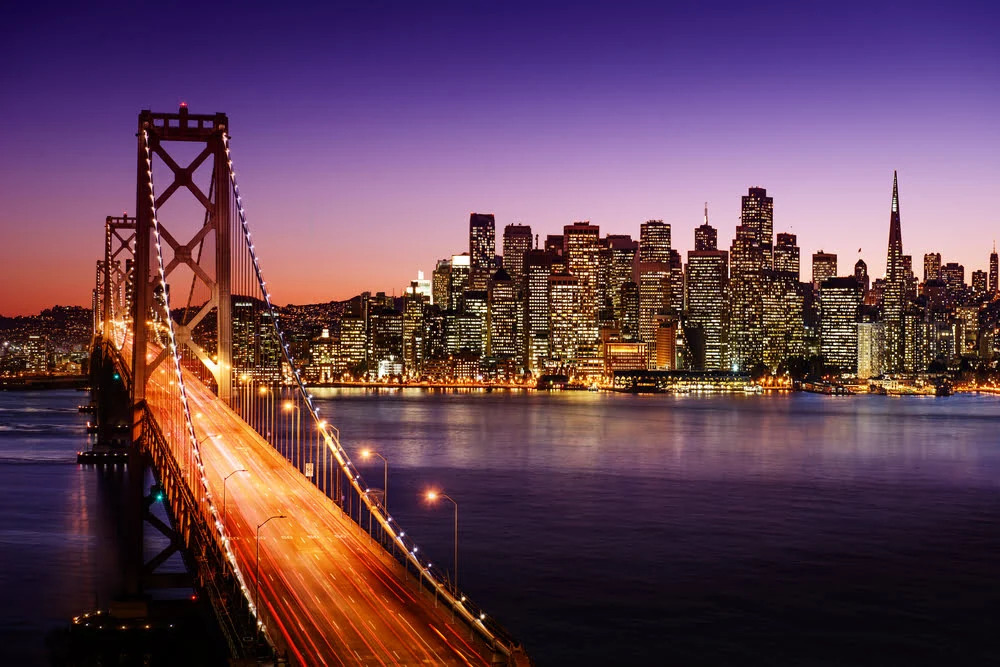
4.2 Make sure to bring enough batteries and power
If you plan to engage in long-term outdoor activities in San Francisco, remember to carry a power bank and spare batteries with you. San Francisco’s tourist attractions are widely distributed, and the tour process requires a lot of use of mobile phones or cameras to record beautiful moments.
4.3 Pay attention to personal safety
Although San Francisco is a very friendly and open city, tourists still need to be alert, especially in busy tourist areas. Do not expose valuables and do not leave your backpack out of sight. In addition, when going out at night, try to avoid going alone or choose a more secluded place.
4.4 Pay attention to weather changes and dress appropriately
The weather in San Francisco is unpredictable, so pay special attention to the weather forecast for the day before traveling. Even in summer, you may encounter sudden cold sea breezes or thick fog, especially near the beach and the bay. It is recommended to wear layered clothing so that you can add or remove clothes at any time according to weather changes. In addition, it is a wise choice to carry a waterproof jacket or rain gear, especially in the fall and winter when rainfall is frequent.
4.5 Book tickets for attractions in advance
Although many of San Francisco’s major attractions can be reached directly, in order to avoid long queues or sellouts, it is recommended to book tickets in advance through third-party platforms. Especially during the peak tourist season or weekends, many popular attractions such as the Golden Gate Bridge, Fisherman’s Wharf, Alcatraz Island, etc. have a large number of tourists. Booking in advance can effectively save waiting time and ensure smooth entry.
4.6 Understand local dining habits and tipping culture
When dining in San Francisco, it is also very important to understand the local dining culture. Tips in American restaurants are usually between 15% and 20% of the bill amount. If you enjoy excellent service, tipping is a thank you to the staff. Additionally, some restaurants may charge additional fees, such as bread or cleaning fees before your meal, so be aware of these extra expenses when you check out.
San Francisco’s weather is changeable and challenging, but as long as you are well prepared in advance and choose the right equipment, you can fully enjoy the charm of this city. With flexible clothing matching, emergency rain gear and comfortable travel equipment, you will be able to easily cope with San Francisco’s diverse weather and enjoy every moment of your trip.
